
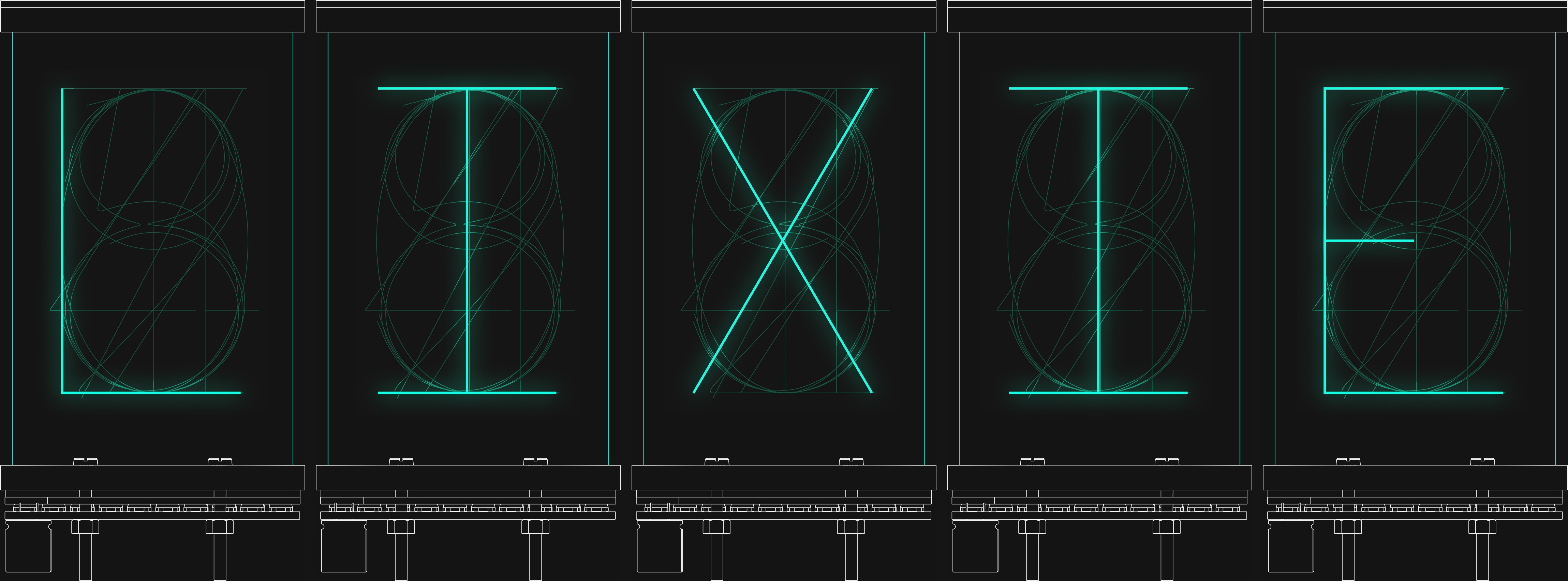
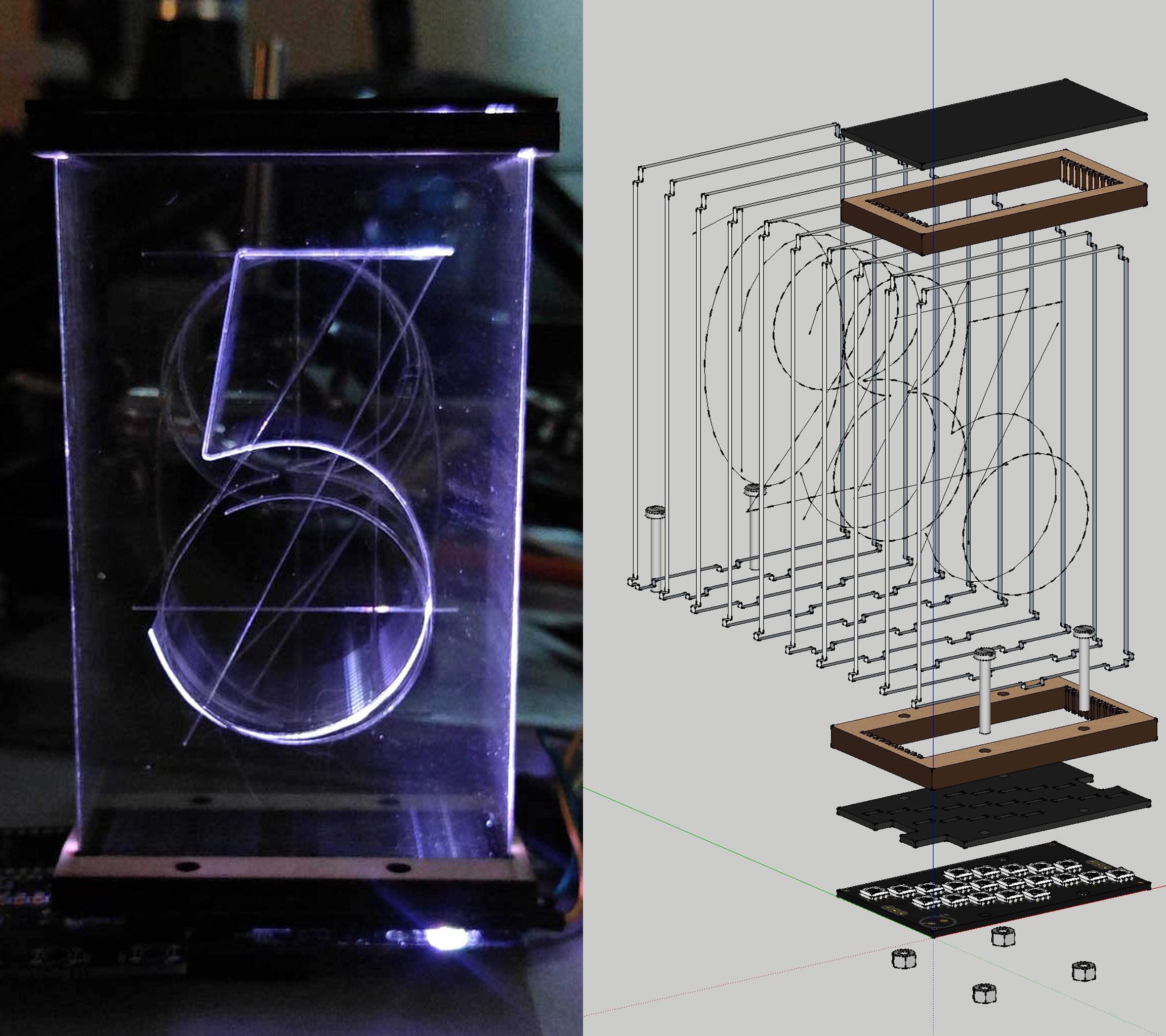
Edge-lighting panes of acrylic etched with a design has been done for decades, but they've always been static information like an "EXIT" sign. If you stack multiple panes of acrylic (each with a unique design) and light them individually, you can change what design the user sees!
This makes edge-lighting perfect for a numeric display! And since I love the look of Nixies, we'll emulate the typography as well. At the end of the day, what I've made is a beautiful over-sized numeric display using WS2812Bs and a laser cut digit assembly!
We'll call it a "Lixie".
The Lixie has extremely simple setup, just connect the 5V, GND, and DIN pads to an Arduino and use the Lixie library to write a digit to the display! That's it! No HV switching, PCB footprint, or worries!
Since the Lixie is just wired like a WS2812B strip, you can connect the DOUT pin of one to the next and show a number as long you'd like!
Here is a video demonstrating the result:
 Lixie Labs
Lixie Labs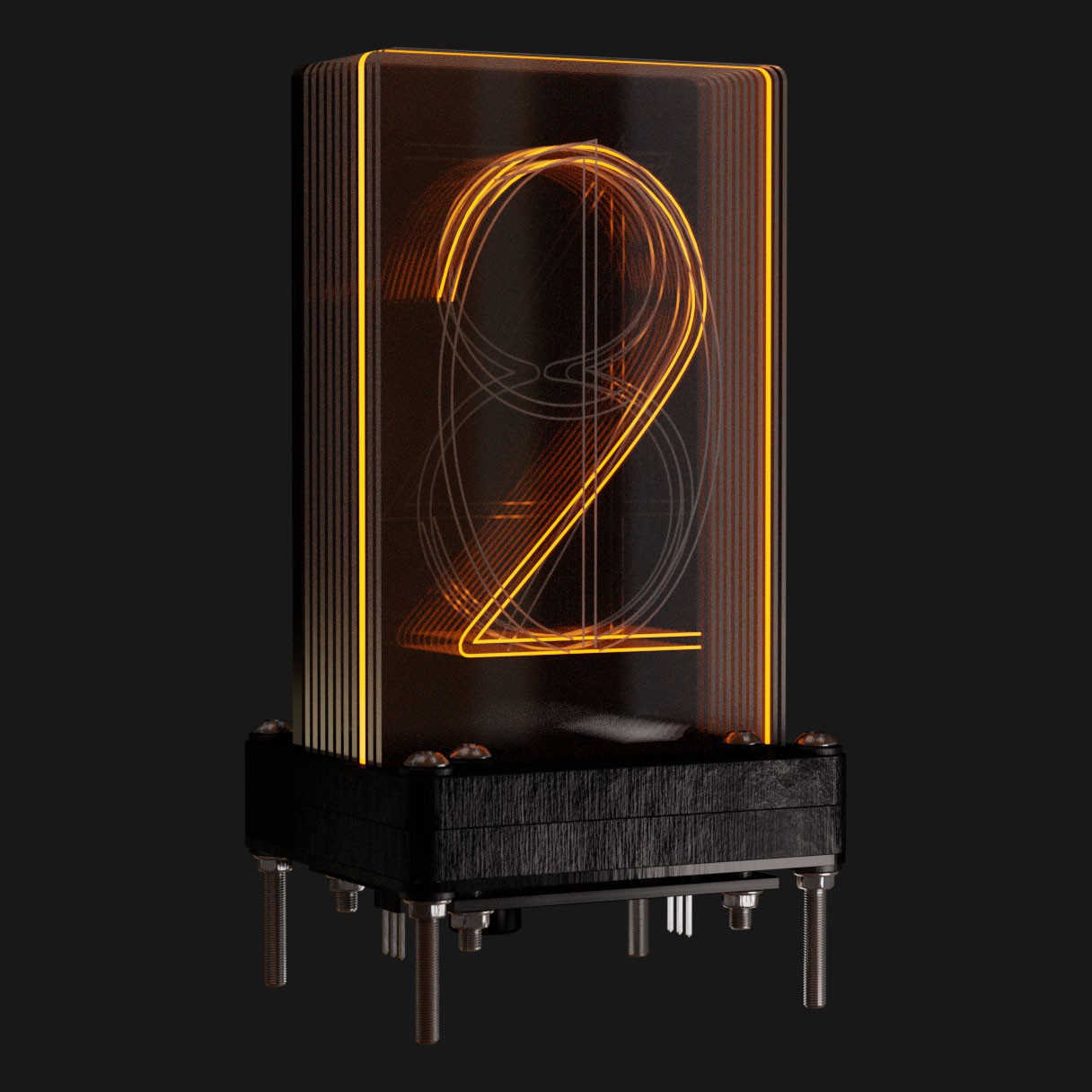
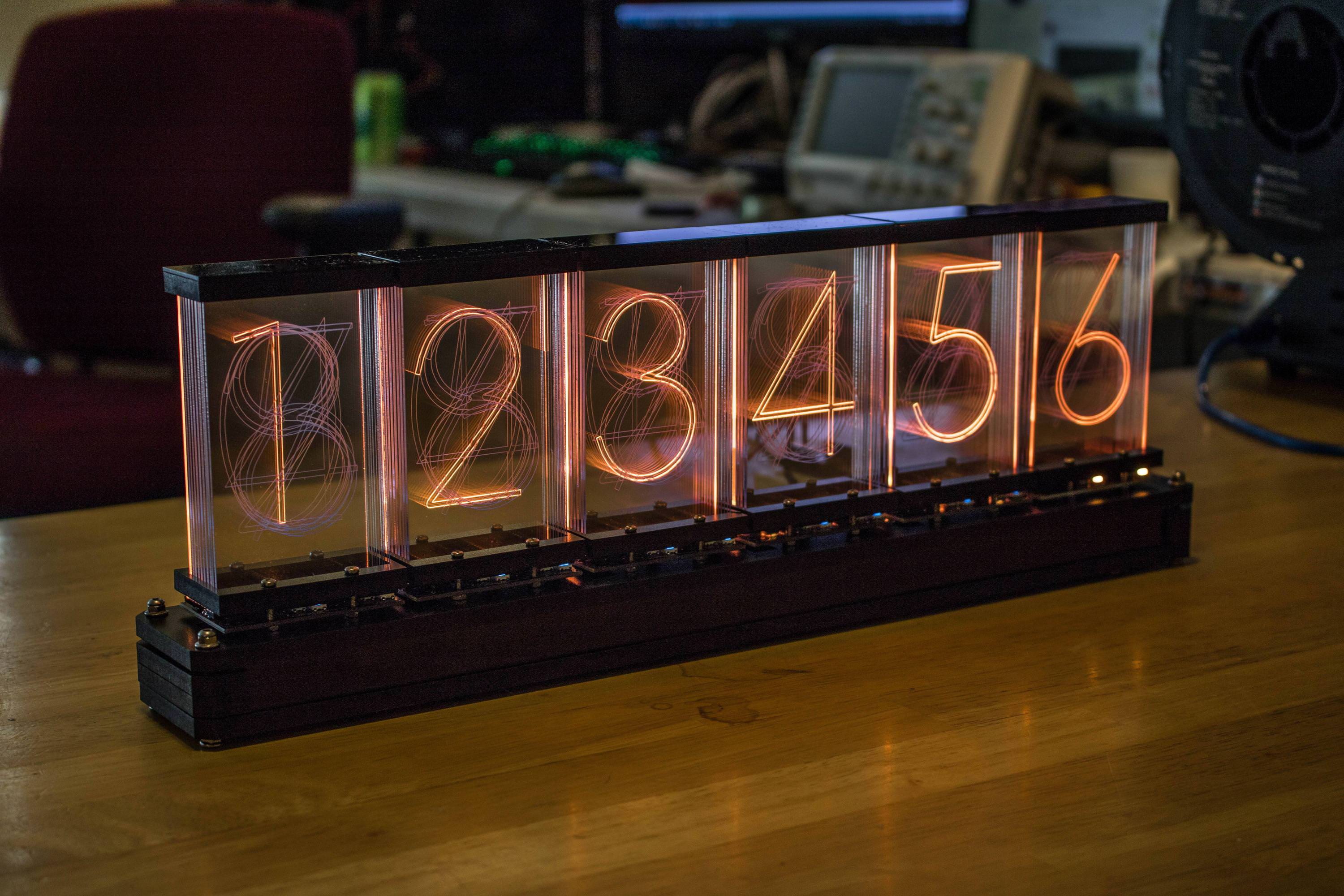
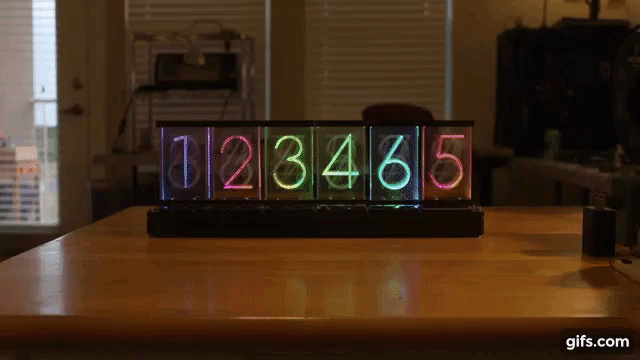
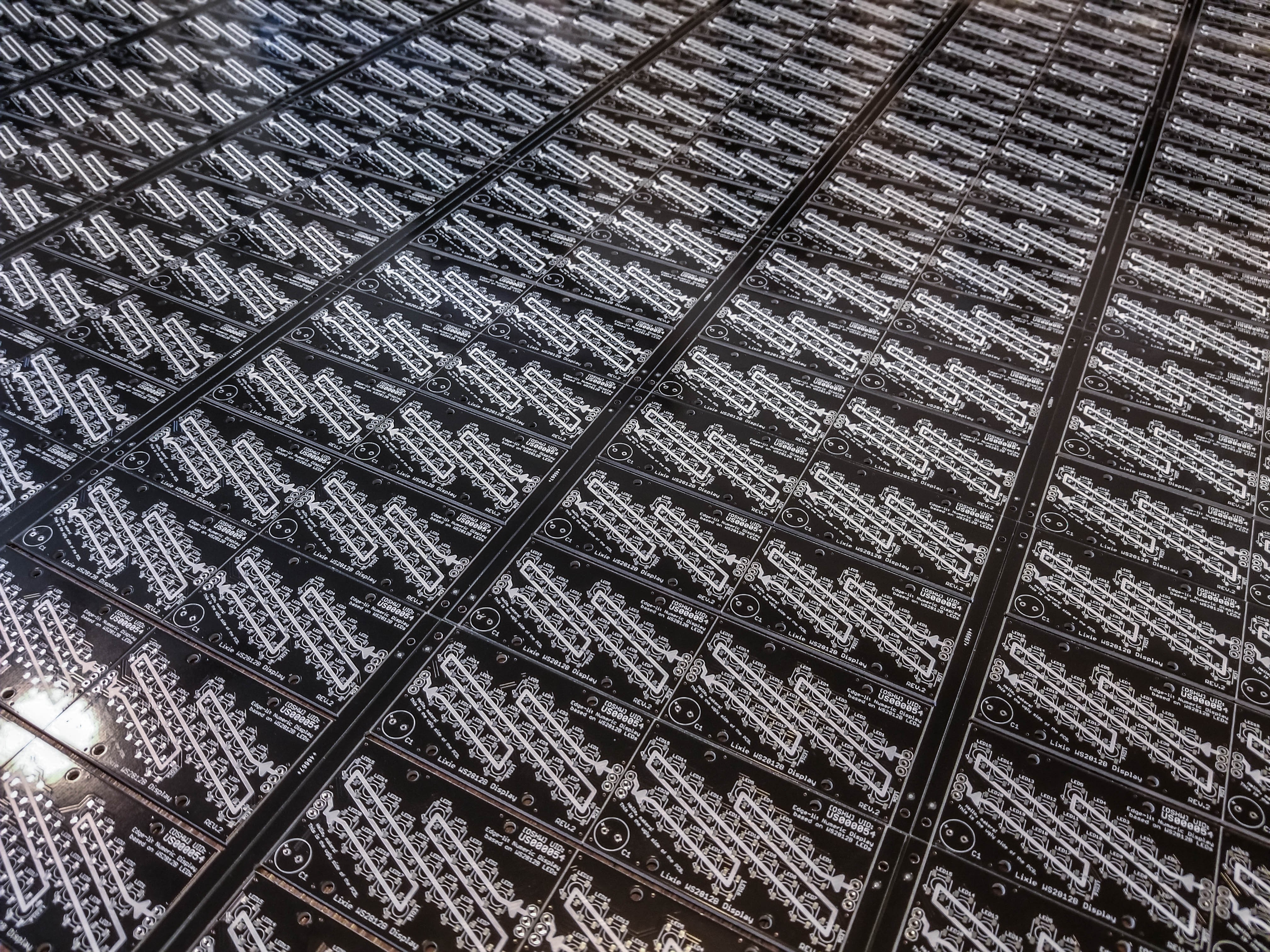
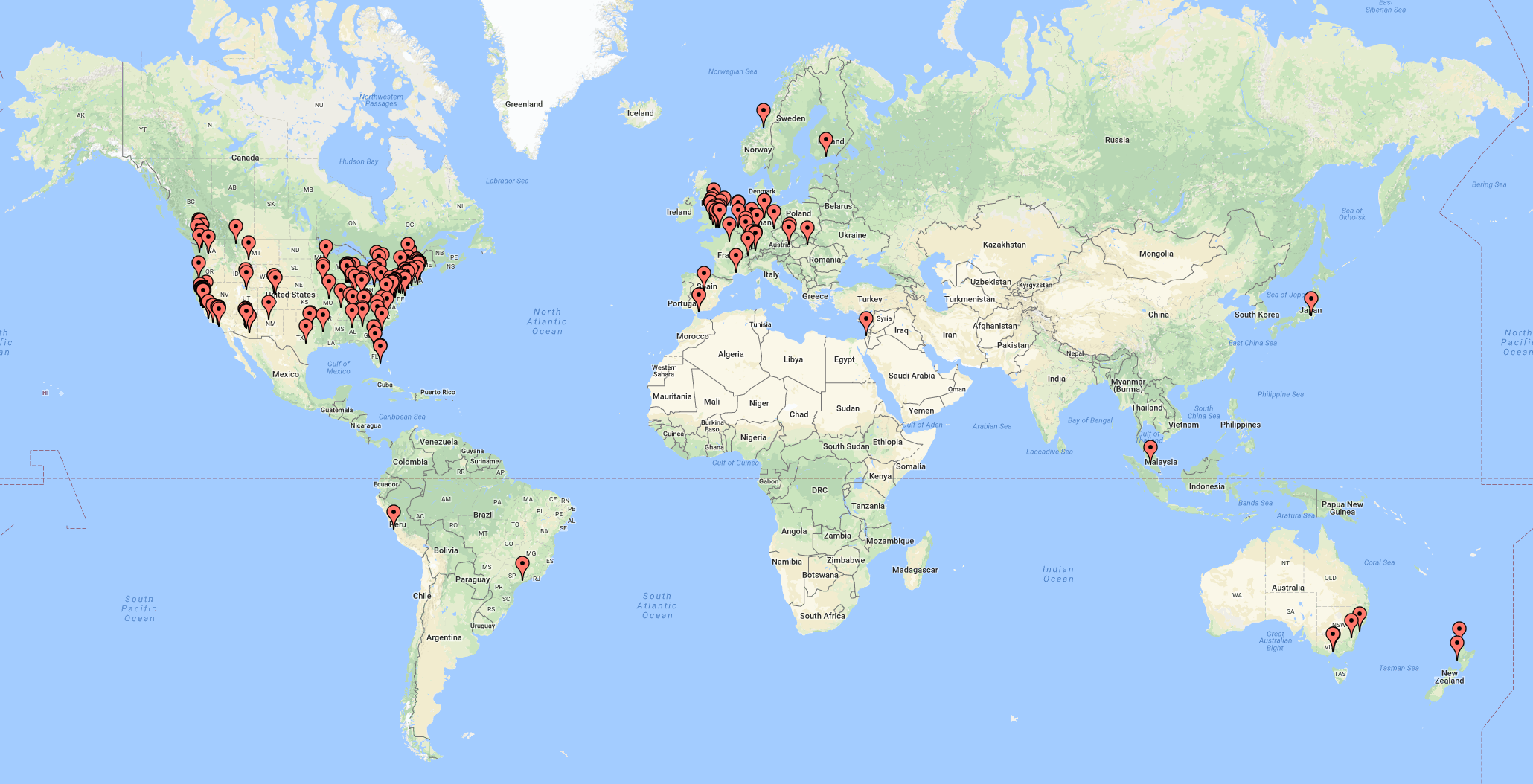
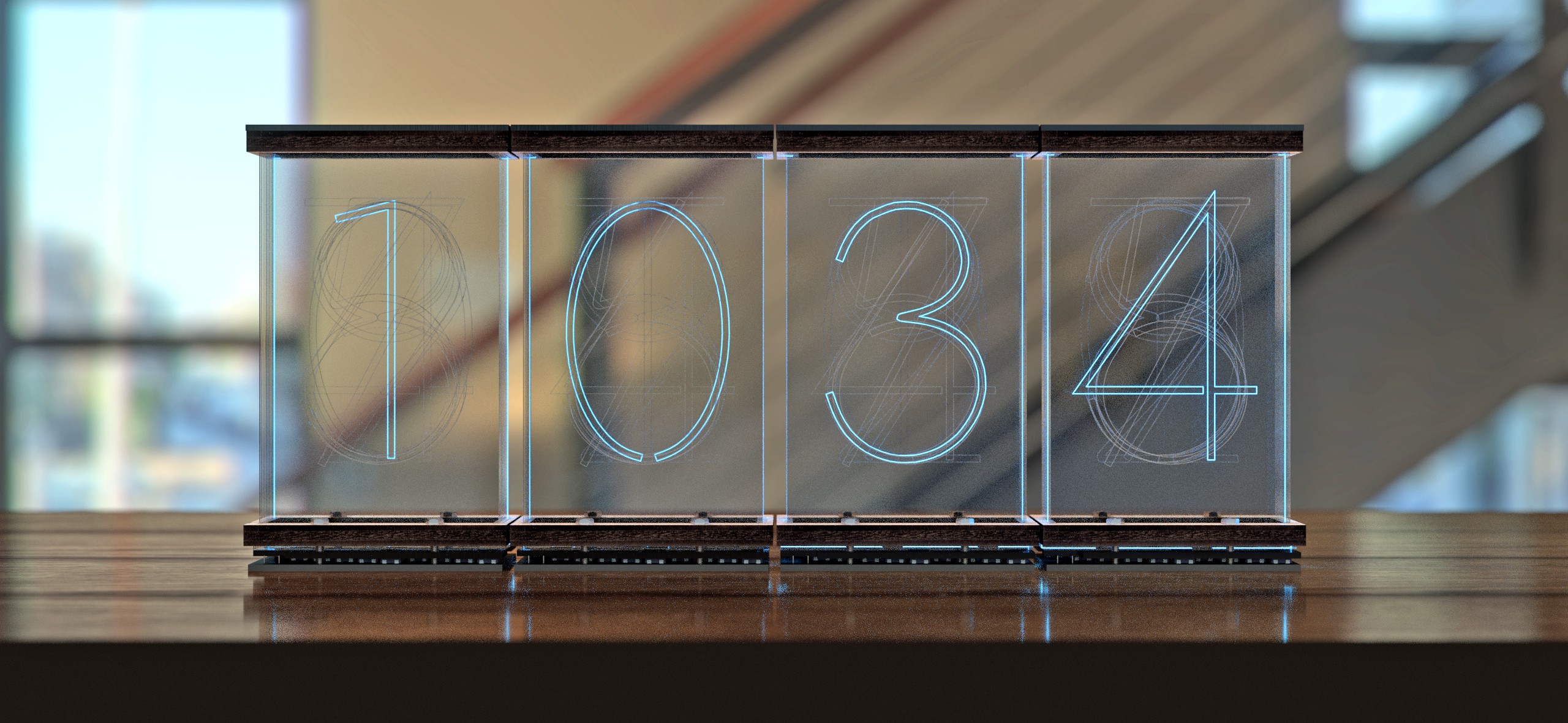
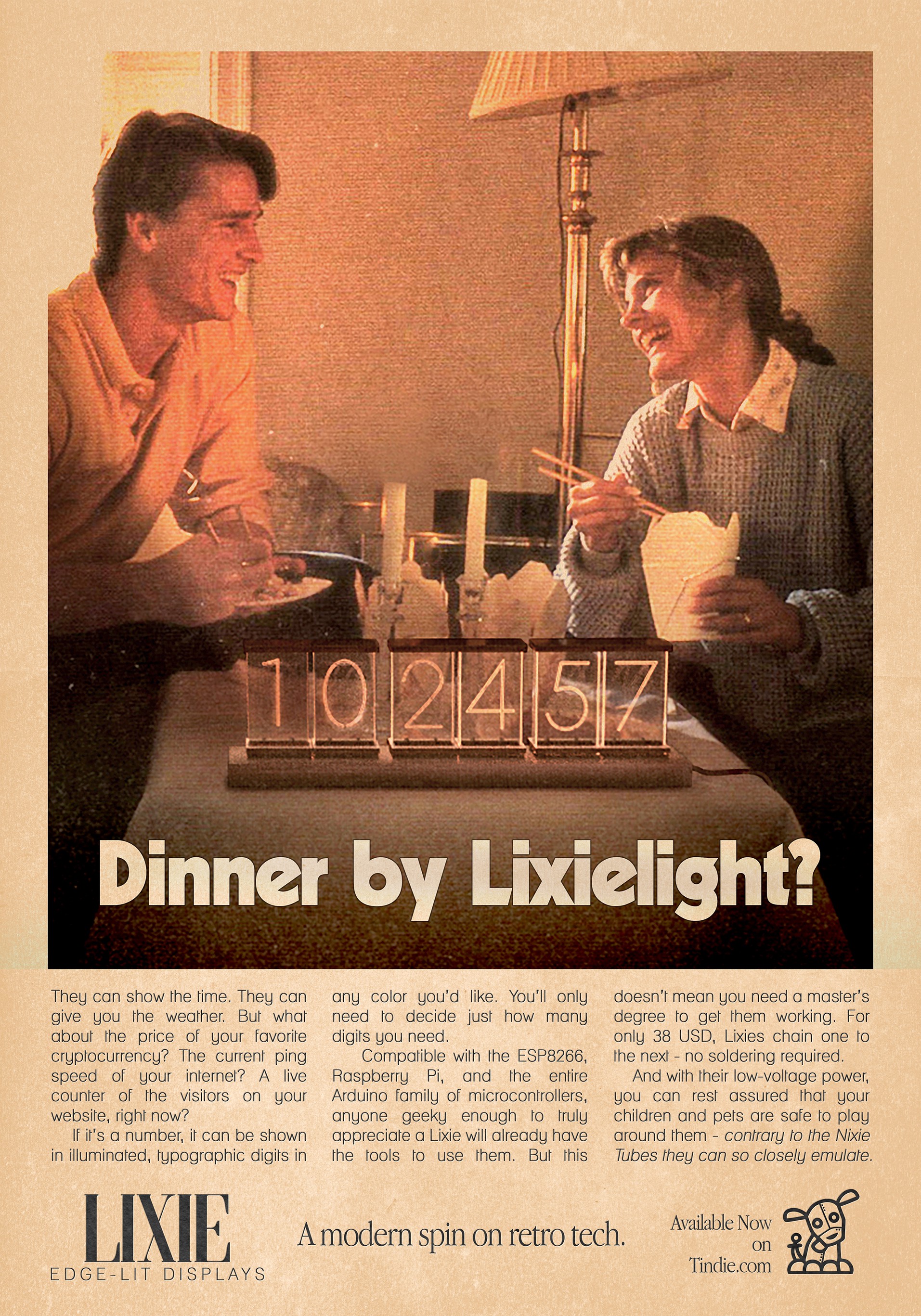
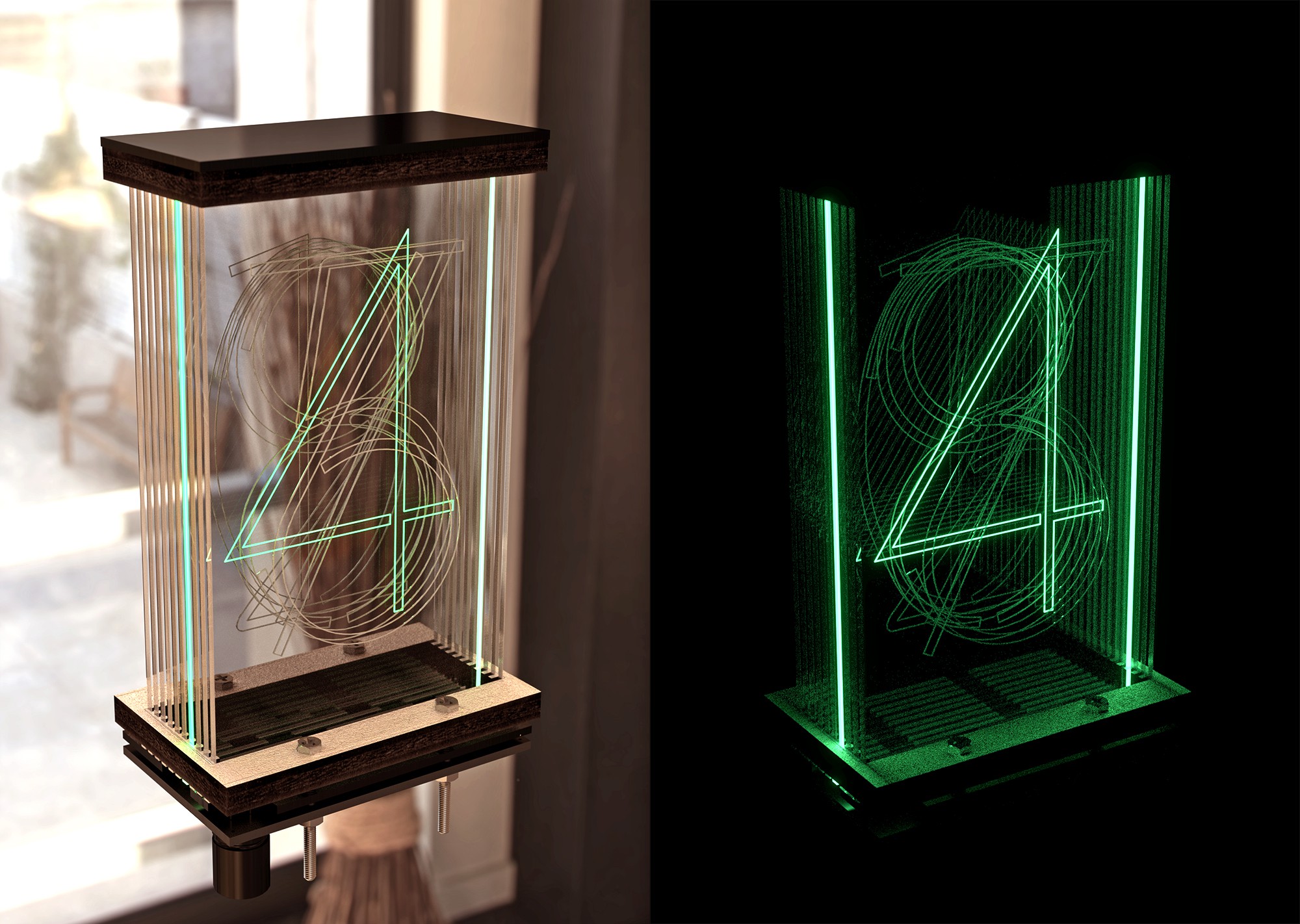
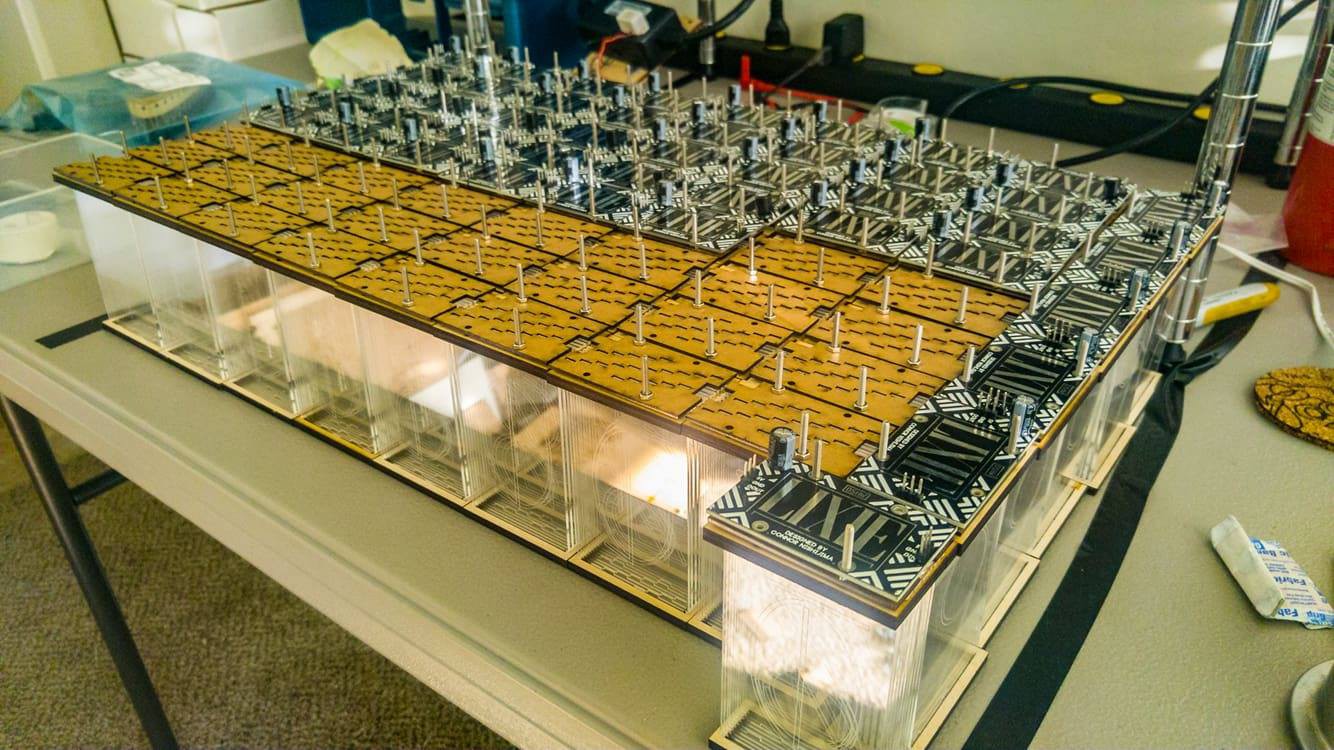
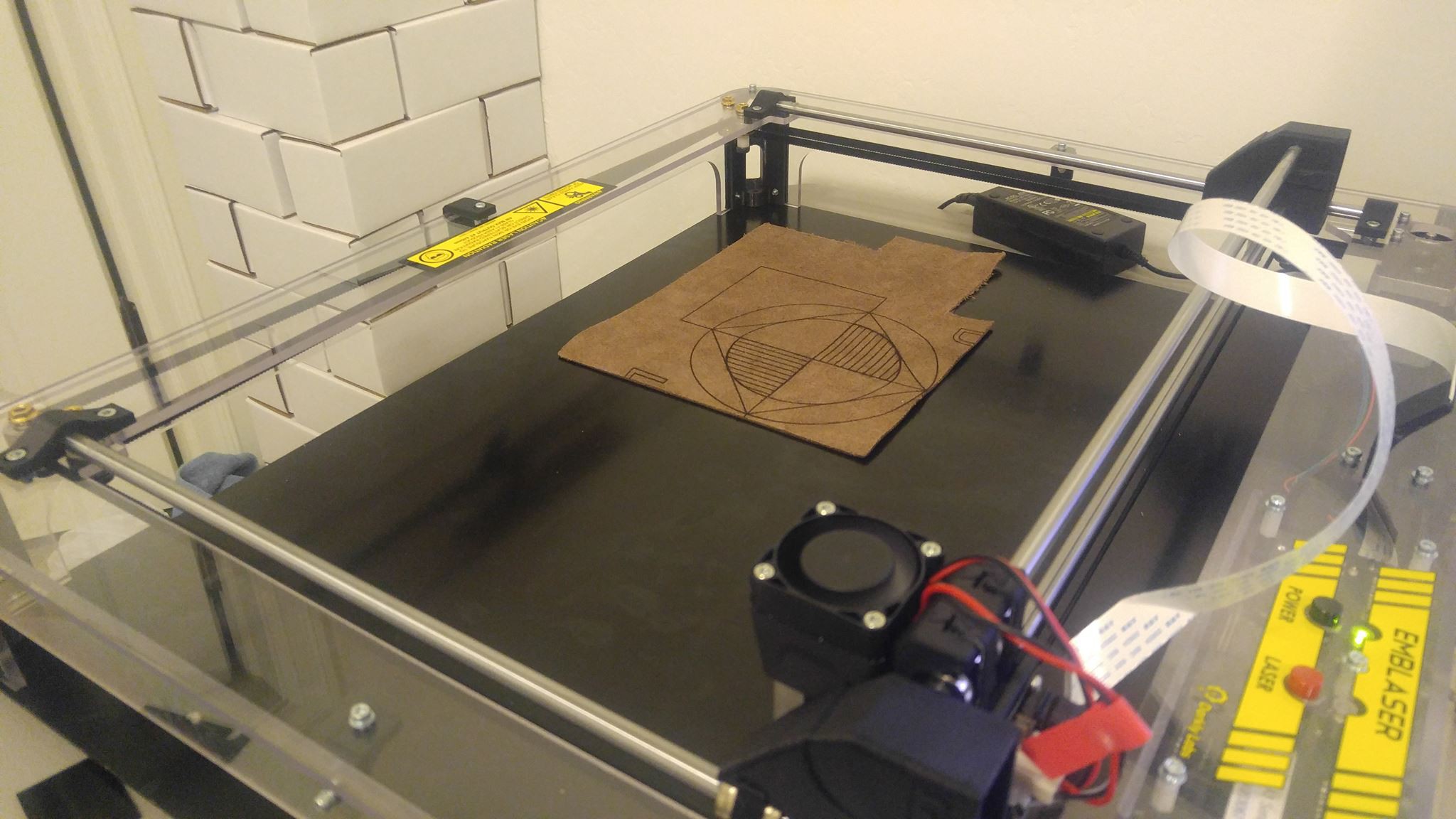
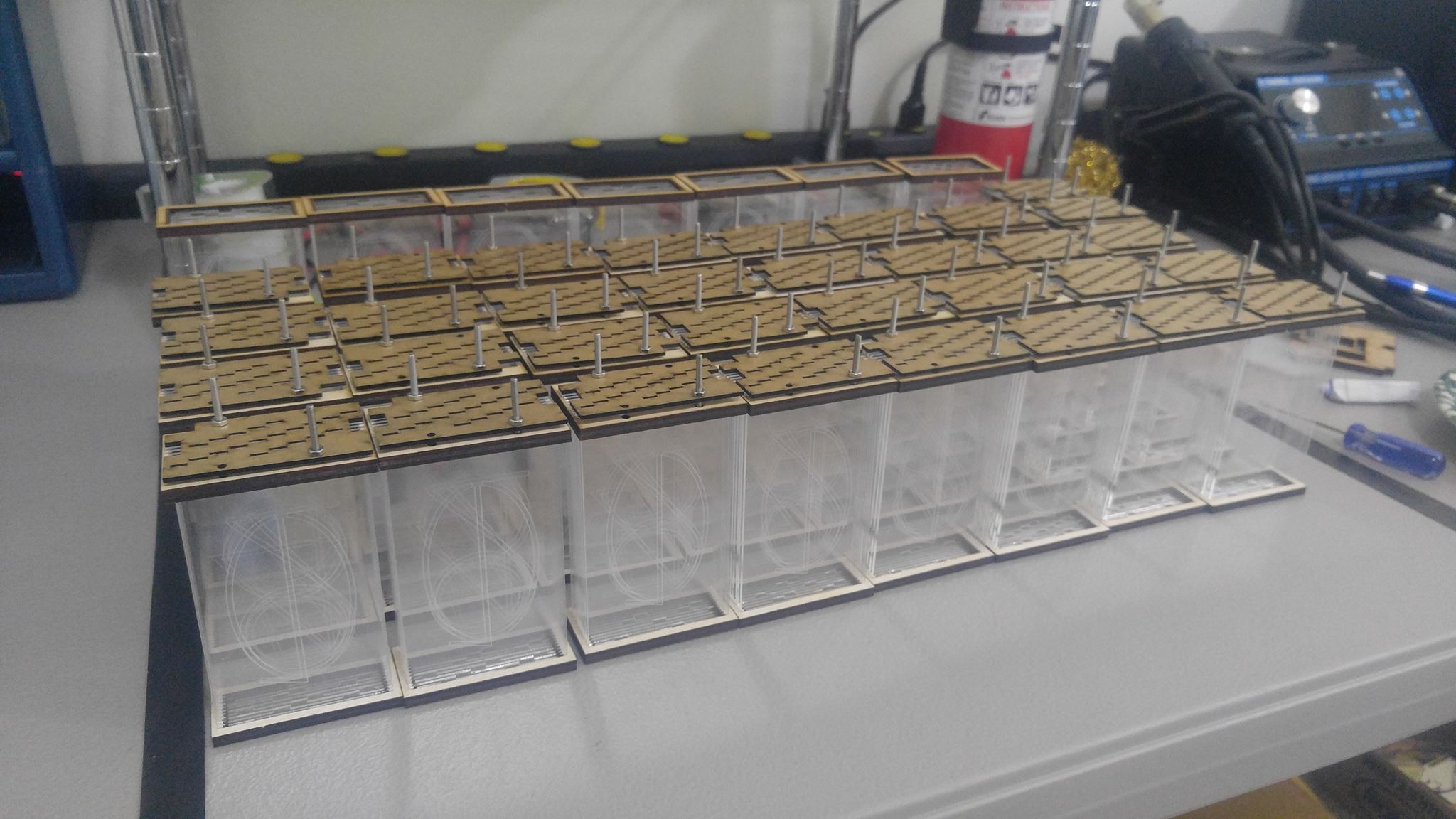
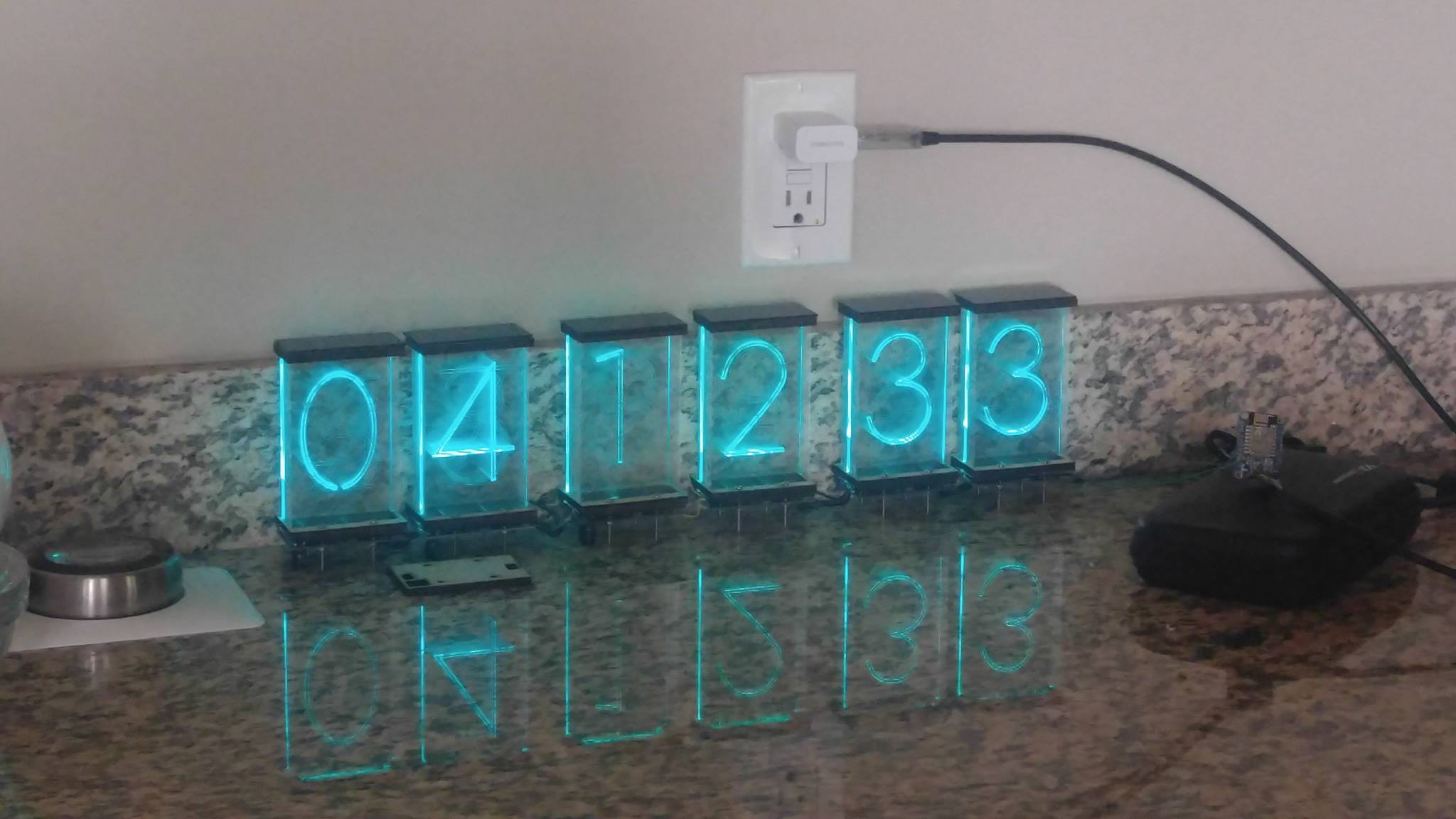
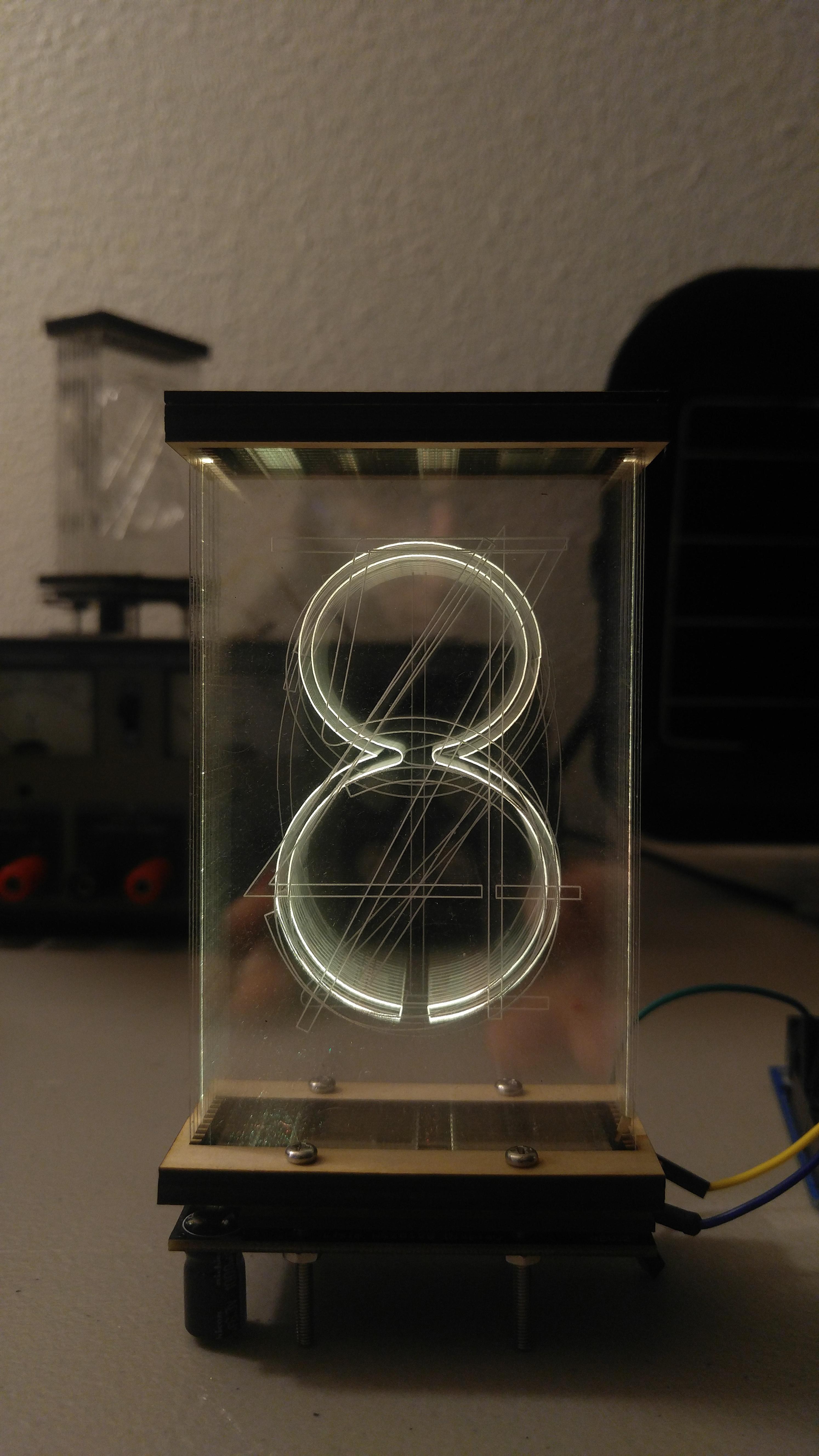
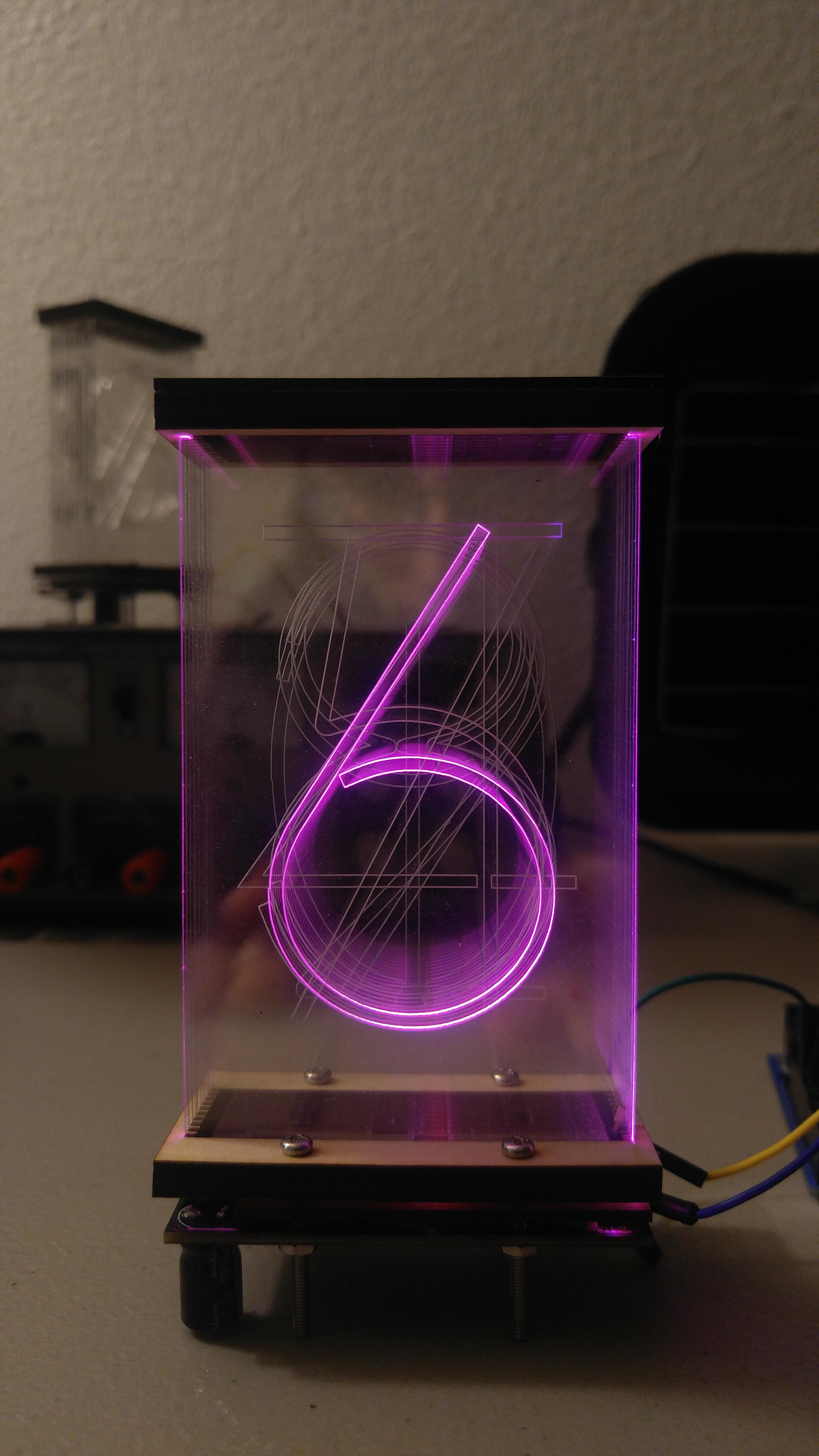
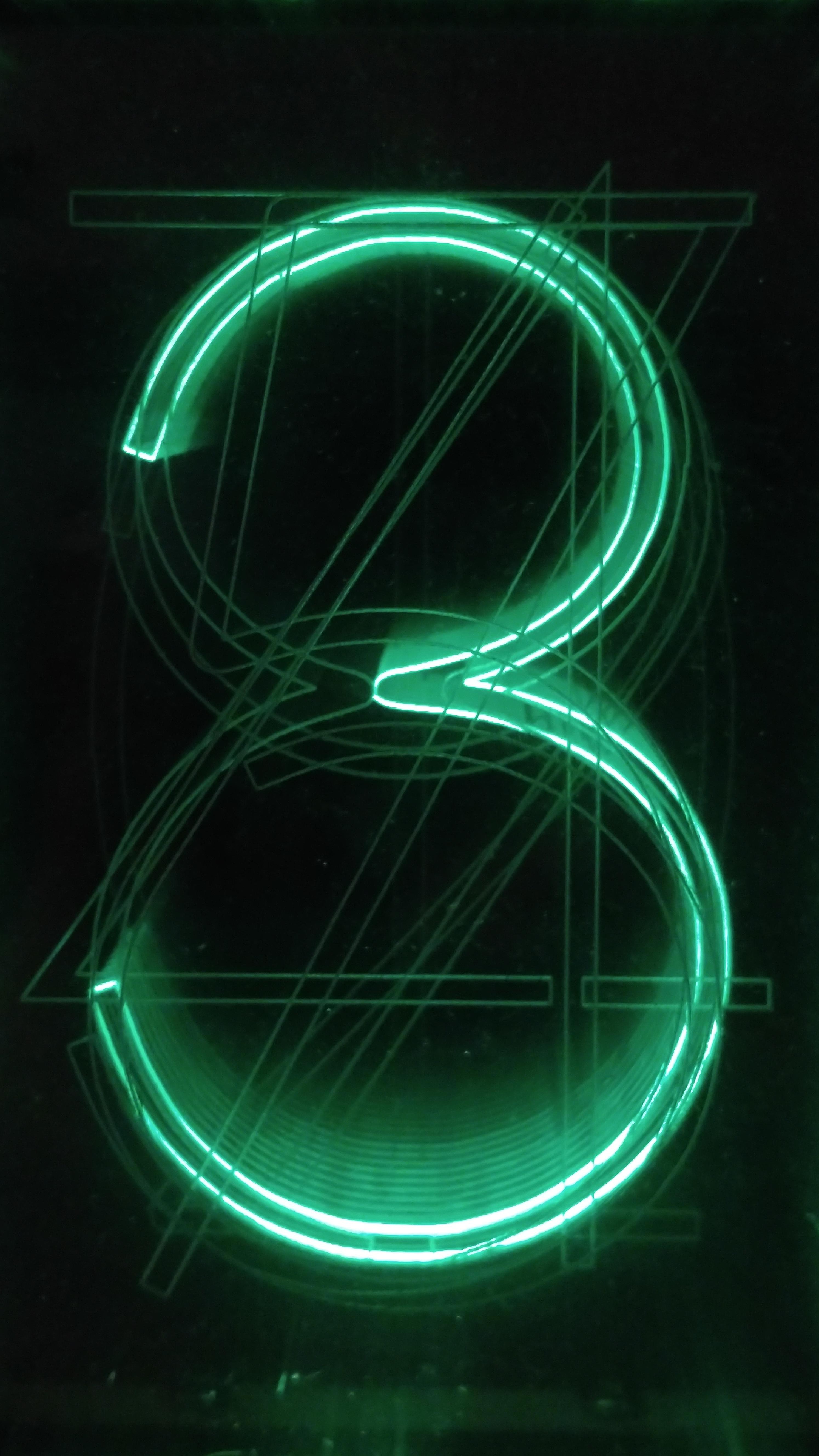
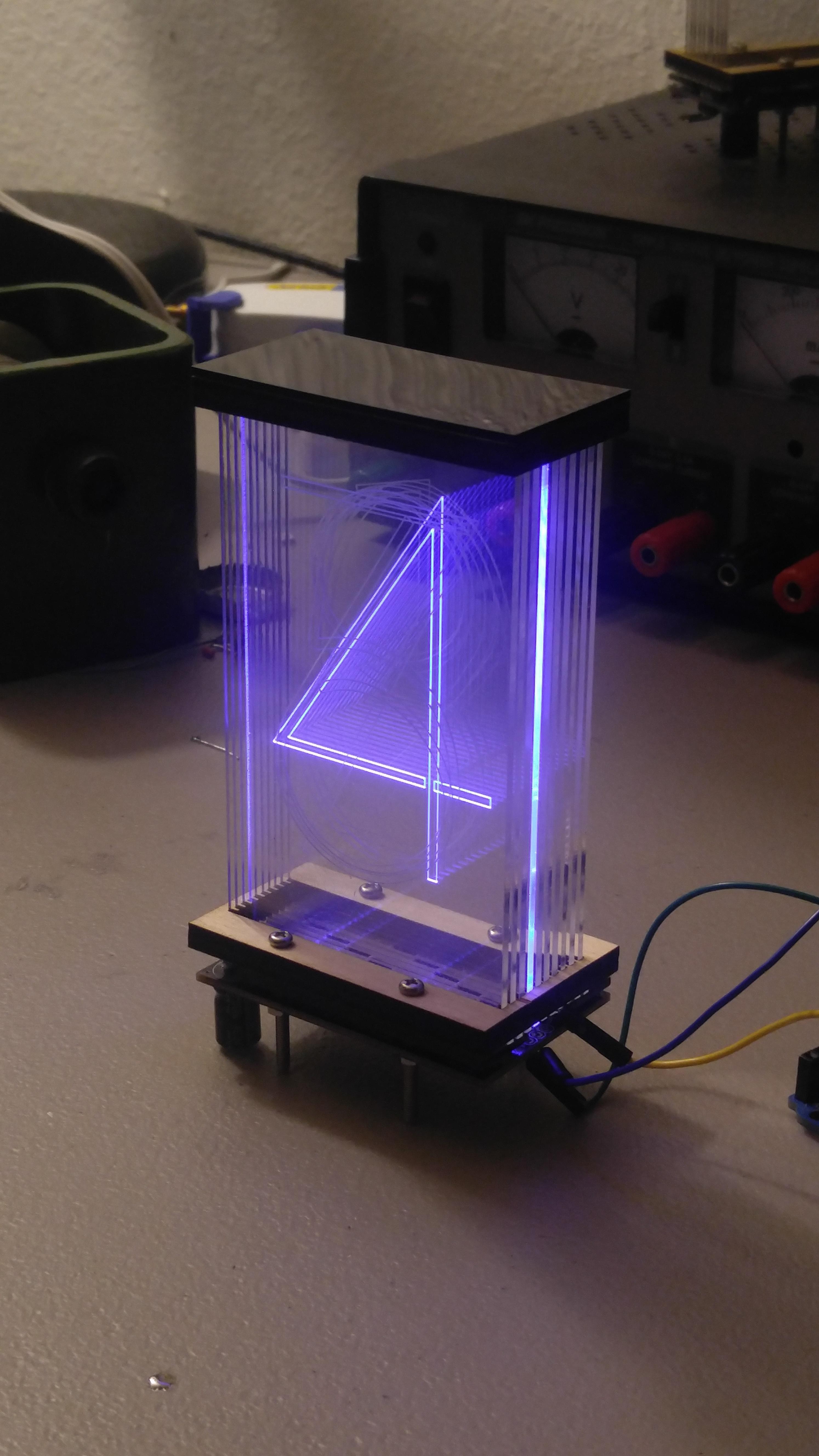
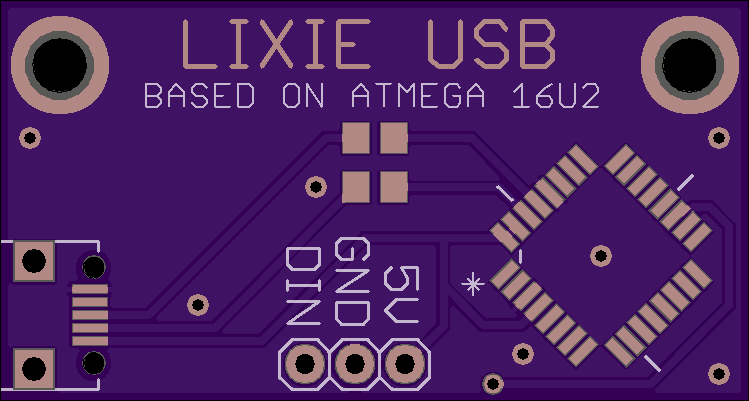








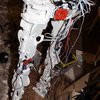





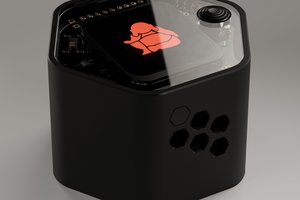
 eBender
eBender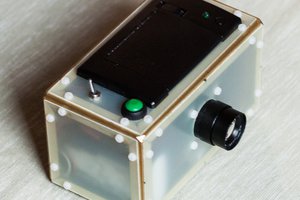
 Muth
Muth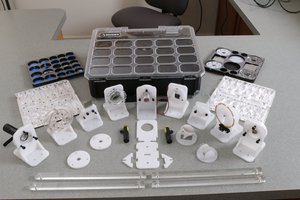
 Peter Walsh
Peter Walsh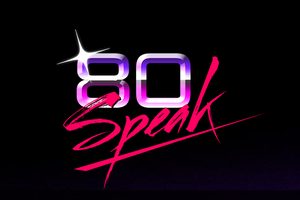
Czy mógłbyś użyć innego fontu? Chodzi mi o to by pionowe kreski były grubsze.